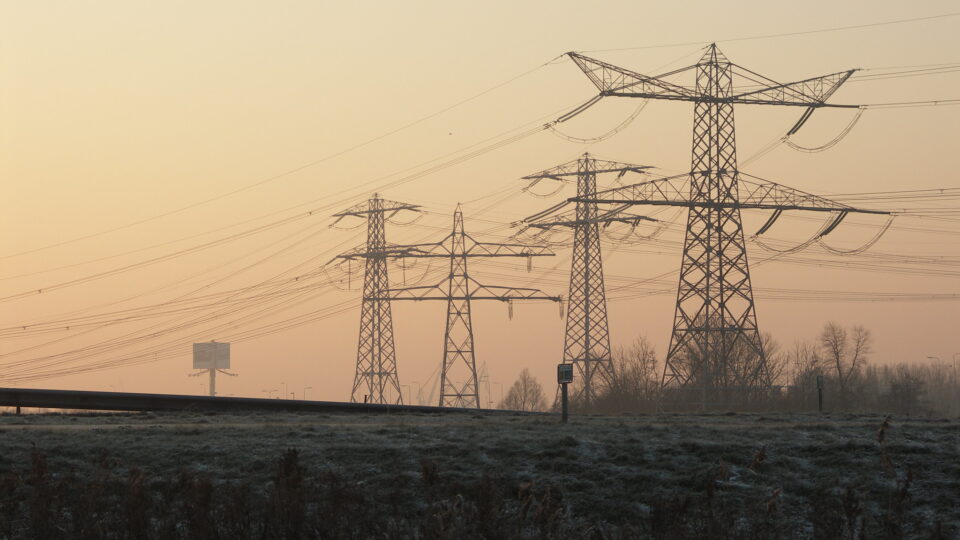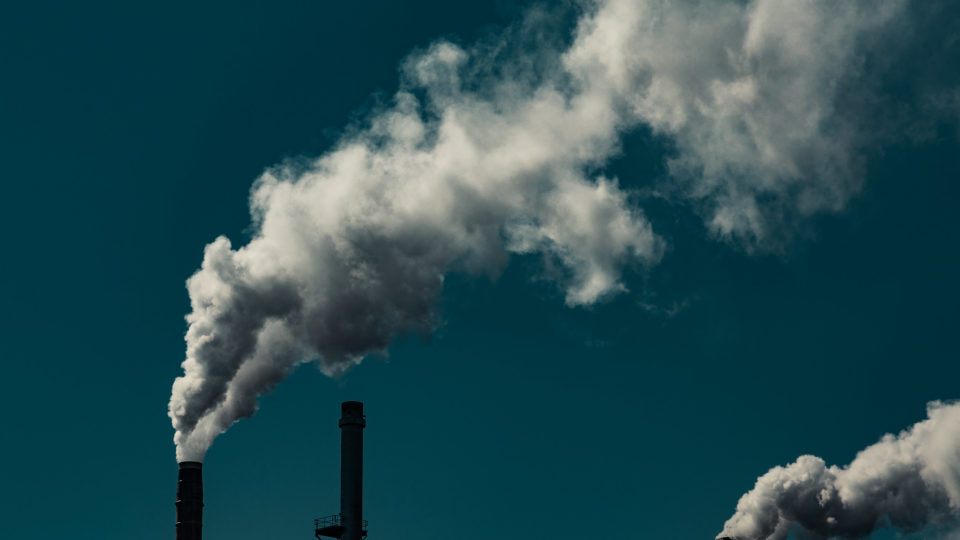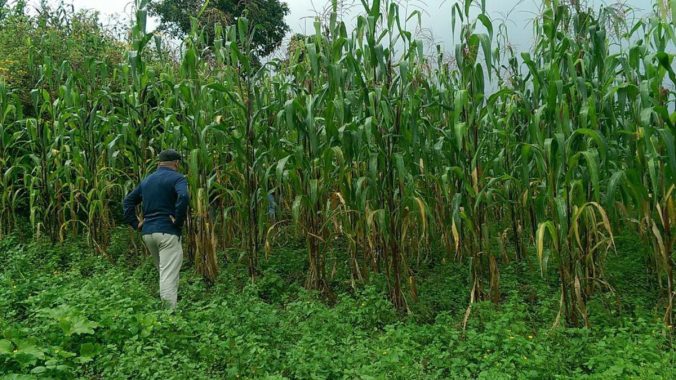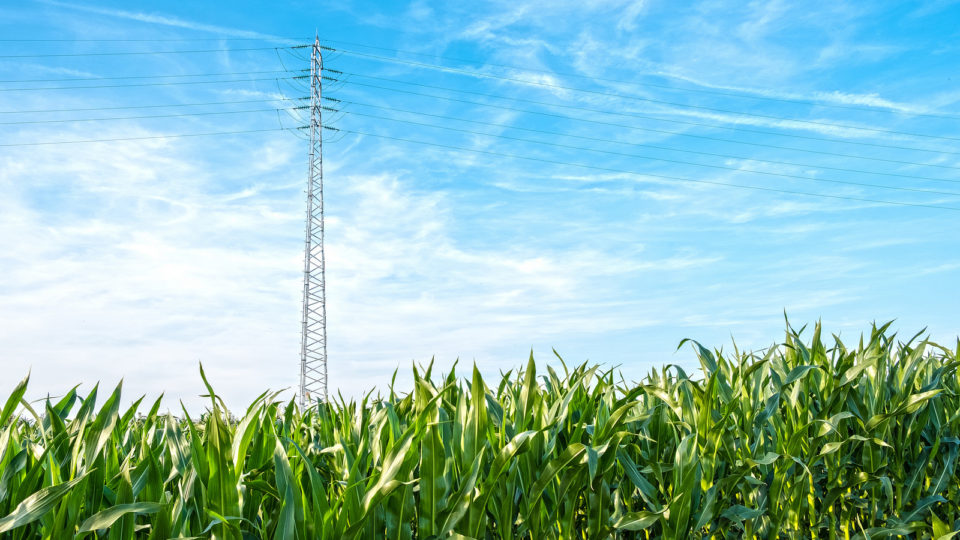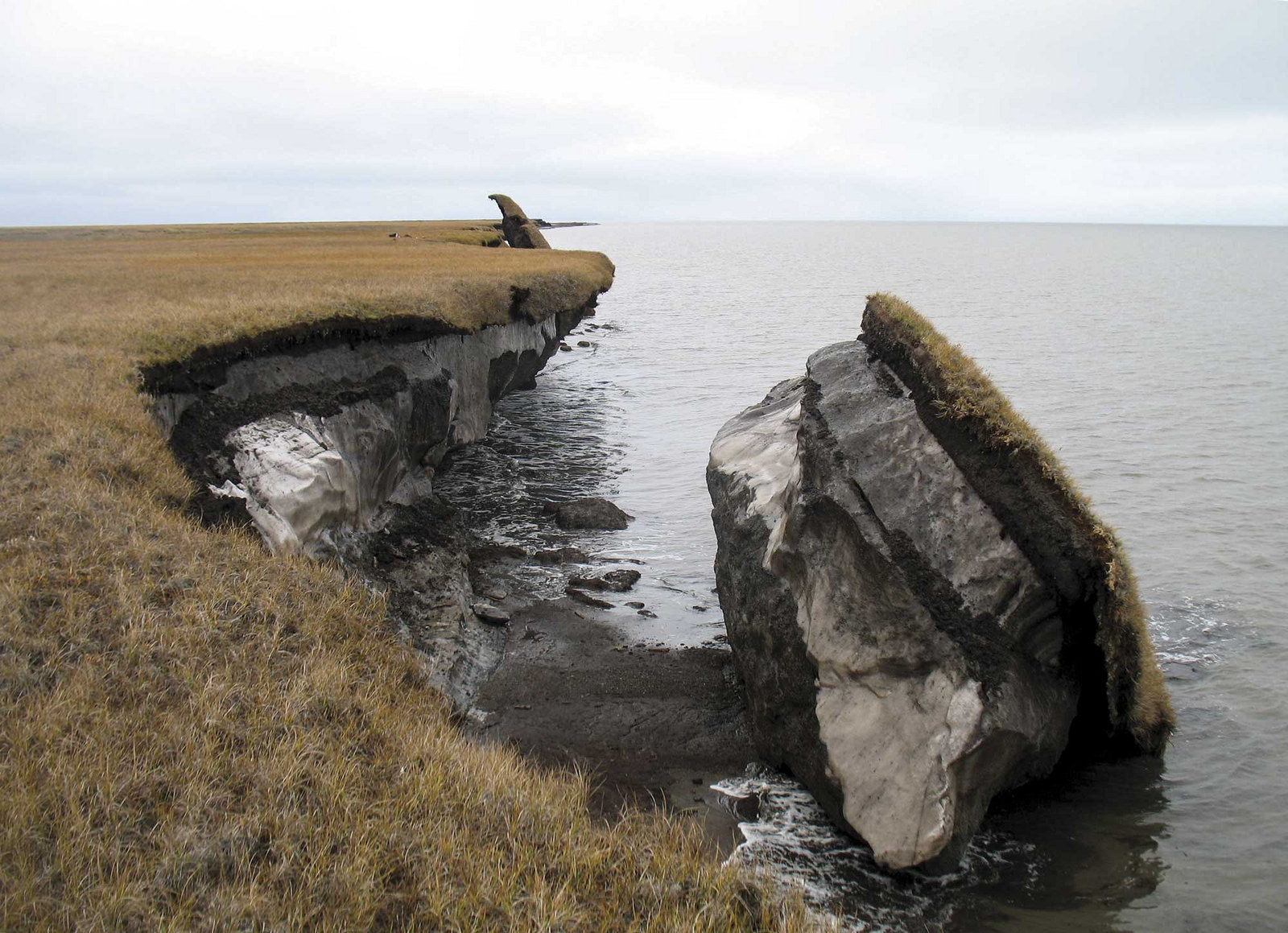Microbiologists at Radboud University in the Netherlands have demonstrated in the laboratory that methane-consuming bacteria can generate electrical power. Their study was recently published in the journal Frontiers in Microbiology.
The bacteria studied is called Candidatus Methanoperedens and in the natural environment it consumes methane in water sources that are contaminated with nitrogen including places like water-filled ditches and some lakes. The bacteria in the study make use of the nitrates in the water to break down and digest the methane. Methanogens, which are bacteria that reduce carbon dioxide to form methane, are the source of the methane in these places.
The researchers exploited these complex interactions of bacteria to create a source of electrical power that is essentially a kind of battery with two terminals. One of the terminals is a chemical terminal and one is a biological terminal. They grew the bacteria on one of the electrodes where the bacteria donate electrons that result from its conversion of methane. (Other microbiologists at the same institution had previously demonstrated electrical generation from a similar battery containing anammox bacteria that use ammonium rather than methane in their metabolic processing).
In the study, the Radboud scientists managed to convert 31% of the methane in the water into electricity but they are aiming at higher efficiencies.
This approach represents a potential alternative to conventional biogas electricity generation. In those installations, methane is produced by microorganisms digesting plant materials and the methane is subsequently burned to drive a turbine to generate power. Those systems in fact have an efficiency of less than 50%. The researchers want to determine whether microorganisms can do a better job of generating electricity from biological sources than combustion and turbines can do.
**********
Web Links
Bacteria generate electricity from methane
Photo, posted December 3, 2008, courtesy of Martin Sutherland via Flickr.
Earth Wise is a production of WAMC Northeast Public Radio.
